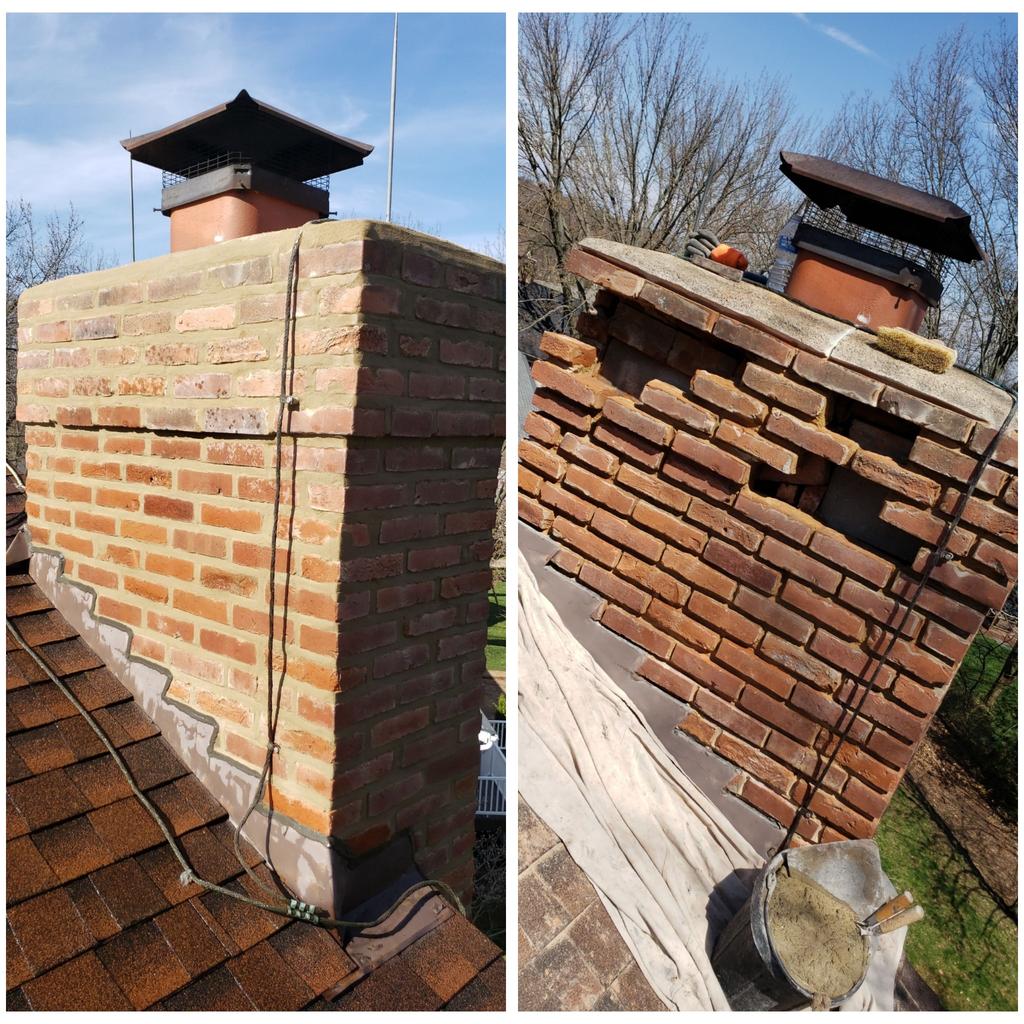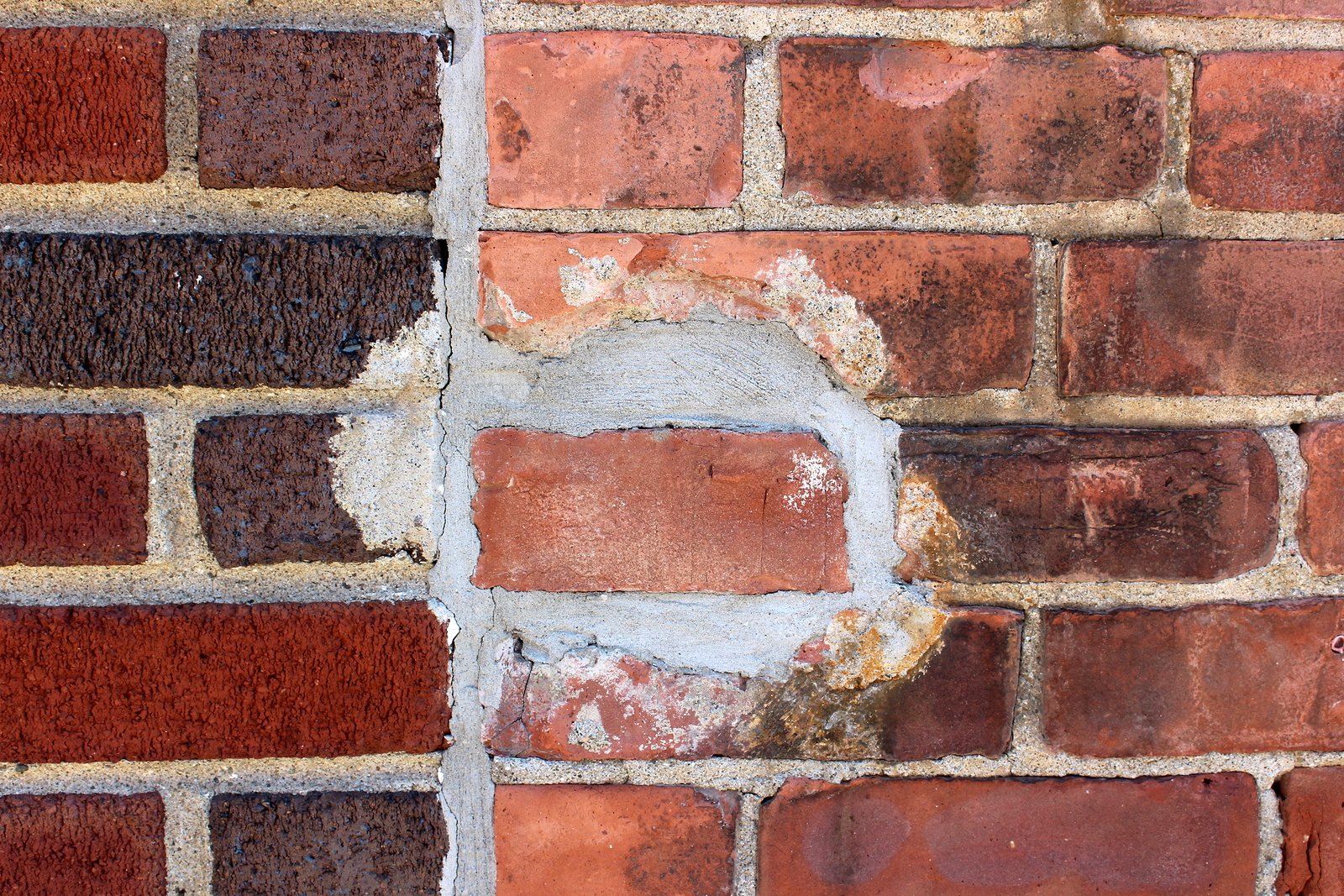Raise Your Building's Visual with Raul's Tuckpointing St. Louis MO: Unrivaled Craftsmanship
Raise Your Building's Visual with Raul's Tuckpointing St. Louis MO: Unrivaled Craftsmanship
Blog Article
Enhance the Beauty and Durability of Your Brickwork With Tuckpointing
Brickwork has long been respected for its timeless appeal and toughness. Over time, the mortar that holds those blocks with each other can deteriorate, leaving your framework at risk to damage and taking away from its visual allure. However concern not, for there is a service that can bring back both the charm and resilience of your brickwork: tuckpointing. This old-time technique not just enhances the visual charm of your brickwork, yet likewise enhances its architectural stability. However exactly what is tuckpointing and how does it vary from repointing? And just how can you make certain that your tuckpointed brickwork stays in excellent condition? In this conversation, we will certainly check out the basics of tuckpointing, its benefits, the difference in between tuckpointing and repointing, the process itself, and the vital techniques for preserving and caring for tuckpointed brickwork.
The Essentials of Tuckpointing
Tuckpointing is a knowledgeable method used to repair and enhance the appearance and architectural stability of brickwork. It entails the process of getting rid of scrubby mortar joints and changing them with fresh mortar. The term "tuckpointing" refers to the technique of utilizing two different shades of mortar to create the illusion of great joints, giving the brickwork a more polished and cosmetically pleasing look.
The first action in tuckpointing is to thoroughly evaluate the condition of the brickwork. This includes inspecting the mortar joints for signs of wear and tear, such as fracturing, collapsing, or missing out on mortar. When the problem locations have been determined, the old mortar is carefully removed using specialized tools, such as a mill or carve, while making sure that the blocks themselves stay intact.
After the old mortar has been eliminated, the following action is to prepare the joints for fresh mortar. This normally entails clearing out any type of debris or loosened product and wetting the joints to ensure appropriate attachment. Then, a knowledgeable tuckpointer utilizes a pointing trowel to meticulously fill up the joints with fresh mortar, seeing to it to develop a consistent and flush surface area.
Advantages of Tuckpointing
Improving both the longevity and appearance of brickwork, tuckpointing deals numerous significant advantages for property owners and property proprietors alike. By replacing worn-out mortar joints, tuckpointing prevents moisture from leaking into the brickwork, which can lead to structural damage over time.
Over time, mortar joints can become split, faded, or tarnished, detracting from the total look of the brickwork. Tuckpointing involves meticulously getting rid of the harmed mortar and replacing it with fresh mortar of a contrasting shade.
In addition to enhancing the durability and appearance of brickwork, tuckpointing can likewise raise the worth of a home. Well-maintained brickwork is viewed as a desirable attribute by prospective purchasers and can considerably enhance the aesthetic charm of a home. This can lead to a higher market price and a quicker sale when the time concerns place the property on the market.
Tuckpointing Vs. Repointing: What's the Difference?

To compare tuckpointing and repointing, it is essential to recognize the key differences between these two approaches of brickwork restoration. While both methods intend to maintain the architectural integrity and aesthetic appeal of brickwork, they differ in their strategy and execution.
Tuckpointing is a precise procedure that involves applying 2 different colors of mortar to develop the impression of fine joints. This strategy is mostly used to boost the aesthetic allure of brickwork by creating the look of properly maintained and well-crafted joints. The tinted mortar is carefully used and shaped to match the color and account of the original mortar, providing the perception of accuracy and workmanship.
On the other hand, repointing is a much more straightforward procedure that includes getting rid of damaged or scrubby mortar from the joints and changing it with fresh mortar. The main goal of repointing is to bring back the architectural stability of the brickwork by making sure correct bonding and sealing in between the bricks. Unlike tuckpointing, repointing does not involve making use of colored mortar or the production of an attractive effect.
The Refine of Tuckpointing
The application of 2 different shades of mortar to develop the impression of fine joints is a thorough procedure referred to as tuckpointing. This method entails getting rid of shabby mortar joints and changing them with new mortar to improve the appearance and architectural integrity of the brickwork. The procedure of tuckpointing can be split right into several steps.
First, the old mortar is carefully gotten rid of making use of specialized devices such as blades and mills. It is very important to remove the mortar to an adequate depth to make certain a strong bond with the brand-new mortar.
Next, the joints are completely cleansed to eliminate any debris or dust. This helps to produce a tidy surface for the new mortar to stick to.
As soon as the joints are cleaned up, a slim layer of new mortar is put on the joint using a tiny pointing trowel. This first layer, referred to as the "punctuating" mortar, is typically the very same color as the existing mortar.
After the first layer has actually been used, a 2nd layer of mortar click resources is applied on top of it. This second layer, called the "fillet" mortar, is a different shade and is very carefully formed to develop the illusion of a fine joint.

Caring and keeping for Tuckpointed Brickwork
When the tuckpointing process is finished, appropriate upkeep and treatment are vital to maintain the boosted appeal and longevity of the brickwork. This upkeep not only guarantees that the tuckpointed locations remain functional and undamaged however also helps to avoid any kind of possible damages to the general structure.
Among the key facets of maintaining tuckpointed brickwork is routine cleaning. This includes getting rid of any kind of dust, particles, or moss that might gather on the surface of the blocks. A soft brush or a low-pressure power washing machine can be used for this objective. It is essential to avoid utilizing any kind of severe chemicals or abrasive tools that might potentially harm the mortar or the bricks themselves.
Along with cleansing, it is essential to examine the tuckpointed areas periodically. This allows for the early detection of any indications of damage or damage. Any kind of splits, loosened mortar, or indicators of water damages should be resolved quickly to stop further deterioration.
Additionally, ensuring proper drain around the brickwork is vital. Water merging or inappropriate drainage can bring about moisture penetration, which can compromise the mortar and trigger architectural damage. Clearing up downspouts and rain gutters consistently and guaranteeing that they are correctly directed far from Going Here the brickwork can aid protect against these issues.
Finally, it is suggested to seek advice from a professional tuckpointing specialist for regular repair and maintenance. Their know-how and experience can make sure that any kind of required fixings are done properly, keeping the honesty and longevity of the tuckpointed brickwork.
Conclusion
To conclude, tuckpointing is an useful method for enhancing the charm and sturdiness of brickwork. It supplies countless advantages, such as improving the architectural honesty of the check over here stonework and avoiding wetness penetration. Tuckpointing includes the elimination and replacement of shabby mortar, leading to a uniform and tidy appearance. By effectively caring and preserving for tuckpointed brickwork, house owners can guarantee its longevity and proceed to appreciate its visual allure.
It entails the procedure of removing shabby mortar joints and changing them with fresh mortar. Raul's Tuckpointing St. Louis MO.After the old mortar has actually been eliminated, the next step is to prepare the joints for fresh mortar. Tuckpointing involves very carefully eliminating the harmed mortar and changing it with fresh mortar of a different color. The tinted mortar is thoroughly used and formed to match the shade and account of the original mortar, giving the perception of accuracy and craftsmanship

Report this page